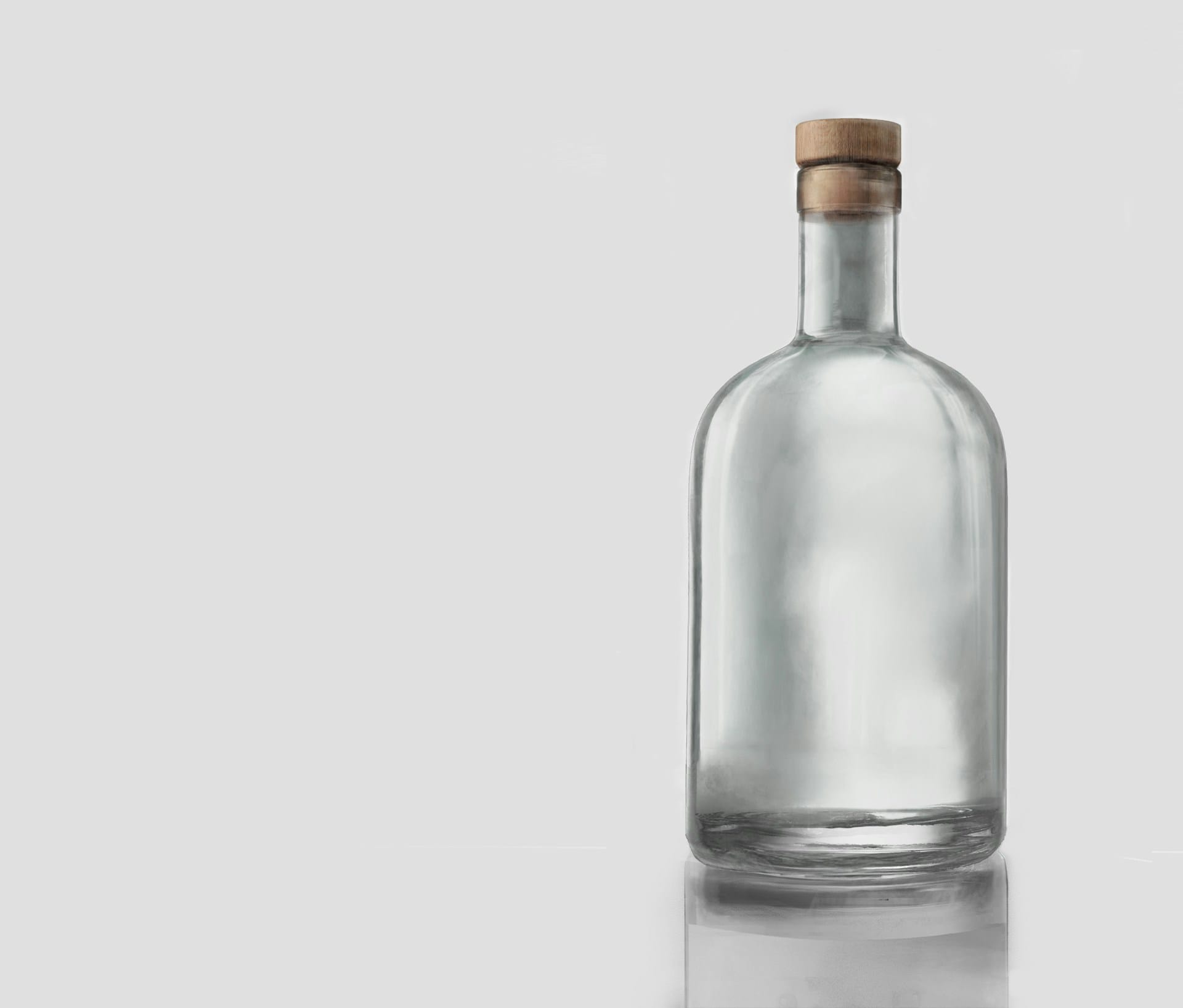The US spirits industry is a powerhouse, boasting a rich history and a diverse array of iconic brands. Yet, it clings to an outdated standard: the 750ml bottle. While the rest of the world, including the influential European Union, has embraced the 700ml bottle, the US remains an outlier. This discrepancy creates unnecessary complications and costs for producers, while limiting choices for consumers.
It’s time for brands, to join the global standard, and leave the 750ml bottle behind. The Alcohol and Tobacco Tax and Trade Bureau (TTB) paved the way for this shift in late 2020, by permitting the sale of spirits in 700ml bottles. However, many producers hesitate to make the switch, continuing to produce different bottle sizes for different markets. This article explores the compelling reasons why embracing the 700ml bottle is a win-win for both producers and consumers.
A relic of the past: The story of the 750ml bottle
The origin of the 750ml bottle in the US is shrouded in historical ambiguity. Some attribute it to a post-Prohibition attempt to standardize bottle sizes, while others link it to the “fifth” (one-fifth of a US gallon), a unit of measurement popular in the early 20th century. Regardless of its origin, the 750ml bottle became the norm in the US, while the rest of the world gradually adopted the 700ml standard.
This divergence has persisted, despite the globalization of the spirits market and the increasing interconnectedness of the industry. The TTB’s 2020 ruling was a significant step towards harmonization, acknowledging the benefits of aligning with the global standard. Yet, the industry has been slow to adapt, clinging to the familiar 750ml bottle for the US market.
The 700ml Advantage: Efficiency and Cost Savings for Producers
For producers, the most compelling arguments for adopting the 700ml bottle are efficiency and cost savings. Maintaining different production lines, sourcing different bottle sizes, and managing separate inventories for different markets is a logistical nightmare. The 700ml bottle offers a streamlined solution, simplifying operations and reducing costs in several key areas:
- Sourcing and Procurement: Sourcing bottles from a single supplier in a single size simplifies procurement processes, reduces administrative overhead, and potentially unlocks volume discounts.
- Inventory Management: Maintaining separate inventories of 750ml and 700ml bottles increases storage costs, complicates stock tracking, and raises the risk of overstocking or stockouts. A single bottle size streamlines inventory management and reduces associated costs.
- Production Efficiency: Switching between different bottle sizes on production lines requires time-consuming adjustments, and increases the risk of errors. Standardizing on 700ml bottles optimizes production efficiency and reduces downtime.
- Packaging and Labeling: Designing and printing different labels for different bottle sizes adds complexity and cost. A single label size for a global market simplifies packaging and reduces waste.
- Transportation and Logistics: Shipping different bottle sizes often requires different packaging configurations, increasing shipping costs and logistical complexity. A standardized 700ml bottle simplifies transportation and reduces shipping expenses, particularly for exporters.
These cost savings and efficiency gains can significantly impact a producer’s bottom line, freeing up resources for investment in product development, marketing, and other growth initiatives.
Beyond Efficiency: Enhanced brand image and market access
The benefits of the 700ml bottle extend beyond operational efficiency. Adopting the global standard can enhance a brand’s image and open doors to new markets:
- Global Brand Consistency: Presenting a consistent brand image across all markets strengthens brand recognition and builds consumer trust. A single bottle size reinforces this consistency and avoids confusion among consumers who travel or purchase spirits internationally.
- Improved Market Access: For US producers looking to export, the 700ml bottle is the key to unlocking new markets and expanding their global reach. It eliminates the need for costly and time-consuming rebottling, or relabeling for export markets.
- Premium Perception: In some markets, the 700ml bottle is associated with a more premium image, particularly for imported spirits. Adopting this size can elevate a brand’s perceived value and appeal to discerning consumers.
The Consumer Perspective: Choice, Value, and Transparency
While producers reap significant benefits from the 700ml bottle, consumers also stand to gain.
- Increased Choice: A standardized bottle size opens the door for a wider variety of spirits to enter markets. Consumers will have access to a greater selection of international brands and niche products, enhancing their drinking experience.
- Price Transparency: Comparing prices across different brands and regions becomes easier when all bottles are the same size. This transparency empowers consumers to make informed purchasing decisions, and potentially find better value.
- Reduced Confusion: Eliminating the confusion of different bottle sizes, simplifies the shopping experience and ensures consumers know exactly what they are getting.
Overcoming Inertia: Addressing industry concerns
Despite the clear advantages, some producers remain hesitant to embrace the 700ml bottle. Common concerns include:
- Consumer Perception: Some fear that US consumers may perceive the 700ml bottle as containing less product, even if the price is adjusted proportionally. This concern can be addressed through clear communication and consumer education.
- Packaging and Labeling Costs: Redesigning labels and packaging for a new bottle size can incur upfront costs. However, these costs are often offset by long-term savings in production and logistics.
- Regulatory Uncertainty: While the TTB permits 700ml bottles, some states may have specific regulations that need to be navigated.
These concerns are valid, but they should not outweigh the long-term benefits of adopting the global standard. The industry needs to proactively address these challenges through collaboration, communication, and a commitment to innovation.
References:
- https://www.ecfr.gov/current/title-27/chapter-I/subchapter-A/part-5/subpart-K/section-5.203#p-5.203(a)(1)
- https://www.federalregister.gov/documents/2022/05/25/2022-10589/standards-of-fill-for-wine-and-distilled-spirits
- https://www.ttb.gov/regulated-commodities/beverage-alcohol/distilled-spirits/ds-labeling-home/ds-net-contents



Responses